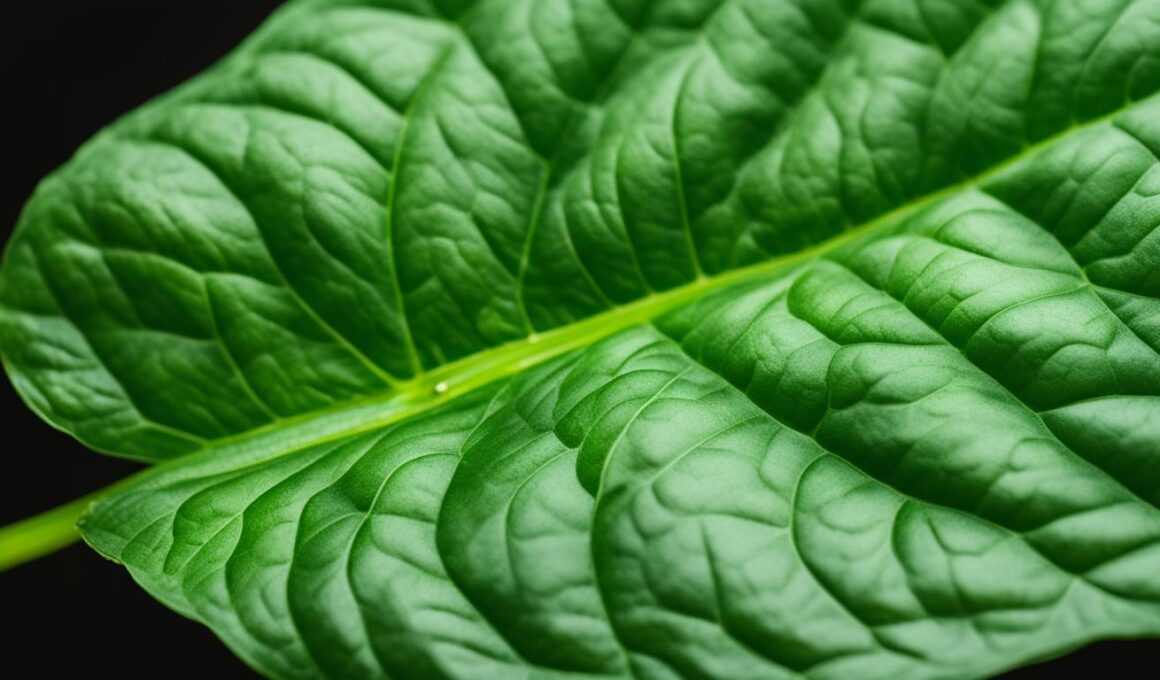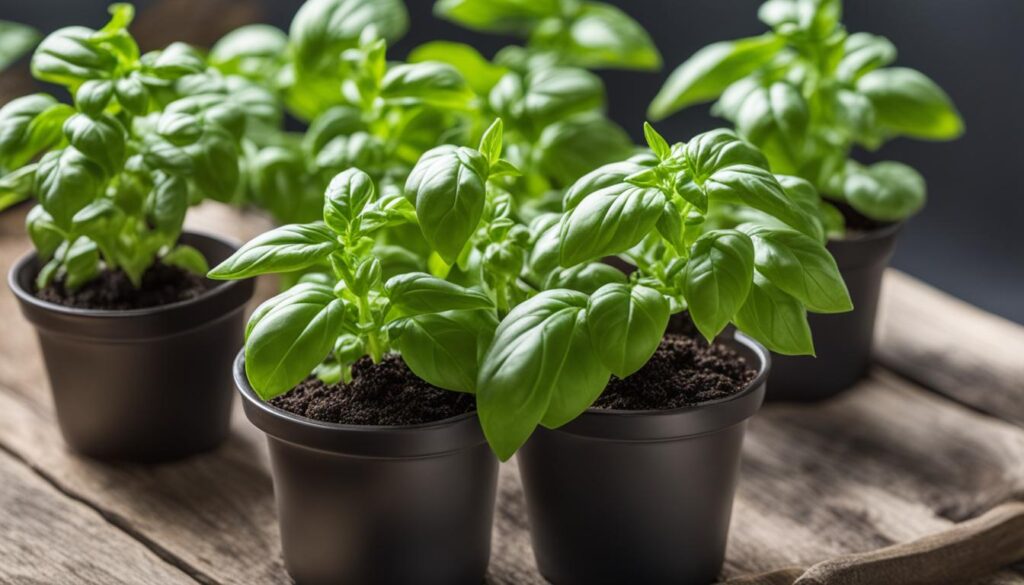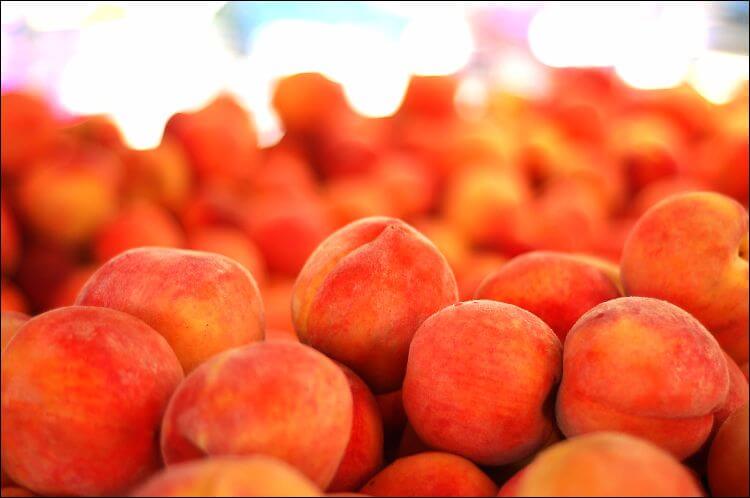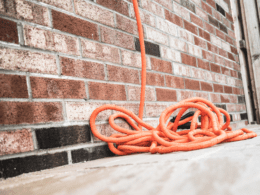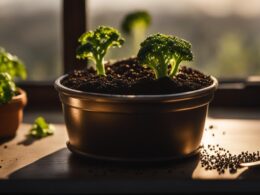As a popular and fragrant herb, basil (Ocimum basilicum) plays a significant role in various cuisines worldwide. Understanding the basil plant lifespan, cultivating techniques, and the factors influencing its longevity are essential for any gardener seeking to make the most of this tender annual herb. This article explores the sweet basil life cycle, shedding light on how long basil plants typically last and how you can extend their productivity.
Key Takeaways
- Basil is a tender annual herb, with a typical lifespan outdoors of 4 to 6 months, and a slightly longer life (6 to 8 months) indoors.
- The sweet basil life cycle comprises seedling emergence, transitioning to a mature herb, and flowering and seed production stages.
- The lifespan of a basil plant is influenced by various factors, including temperature sensitivity, light exposure, and proper plant care techniques.
- Gardeners can extend the life of outdoor basil plants by selecting an appropriate site and adapting to climate and environmental conditions.
- Indoor basil plants can enjoy an extended lifespan in a controlled environment that mimics optimal outdoor growing conditions.
- Proper harvesting techniques and preventing early flowering contribute to prolonging basil plant lifespan and increasing kitchen harvests.
- Basil plants thrive when gardeners pay attention to their growth habits, apply best care practices, and optimize growing conditions.
Introduction to Basil Plant Longevity
As a gardener, understanding basil plant longevity is crucial for maximizing productivity and enjoyment of this versatile annual herb. A staple in Mediterranean cuisine, basil’s pleasing aroma and flavorful leaves have cemented its position as a beloved herb across various culinary traditions. Native to warm regions in India, basil thrives in a single growing season, hinting at a one-season life expectancy. Delving deeper into the typical lifespan of basil plants, both indoors and outdoors, can help growers anticipate harvest windows and apply the necessary care to prolong the plant’s productivity.
The following factors contribute to basil plant longevity:
- Plant classification as a tender annual herb
- Native to warm regions in India
- Indoor and outdoor growth conditions
- Care techniques and maintenance practices
These elements interplay to determine the lifespan and productivity of a basil plant. Knowing the essential factors that influence basil’s longevity allows gardeners to optimize plant care and harvesting practices, ultimately leading to a successful and fulfilling growing experience.
| Growth Location | Average Lifespan | Factors Influencing Lifespan |
|---|---|---|
| Indoors | 6-8 months | Temperature, light exposure, and consistent care |
| Outdoors | 4-6 months | Seasonal changes, temperature, and environmental conditions |
Armed with the knowledge of basil plant longevity, gardeners can better anticipate and plan their growing strategies and maintenance routines. The ensuing sections delve into the lifespan of basil plants in greater detail while highlighting the factors and care methods that maximize their life and productivity. Stay tuned to learn how to make the most of your basil growing experience!
Understanding the Basil Life Cycle
In comprehending the life cycle of a basil plant, we can better anticipate its growth stages and tailor care strategies accordingly. The life cycle progresses through several pivotal phases: seed germination, seedling growth, adolescence, maturity, and finally, reproduction.
Examining the main factors that affect the longevity of basil plants can help gardeners adapt their care routines and growing conditions to achieve an extended lifespan. The following aspects are vital when determining the factors that influence basil plant lifespan:
- Environmental factors
- Temperature sensitivity
- Light exposure
- Plant care
Environmental Factors
Environmental factors play a significant role in the overall health and lifespan of basil plants. Some variables that influence the plant’s growth include:
- Soil type
- Drainage
- Humidity
- Air circulation
Providing well-draining soil, adequate humidity levels, and proper air circulation can significantly impact the plant’s health and longevity.
Temperature Sensitivity
Basil plants are sensitive to fluctuations in temperature. They thrive at consistent temperatures between 70℉ and 90℉, making them more suited to spring and summer growth. Exposure to temperatures below 50℉ may cause the plant to enter a dormant state or die, thus shortening its lifespan.
Light Exposure
Access to sufficient sunlight is another critical factor affecting the lifespan of basil plants. Basil prefers at least six to eight hours of direct sunlight per day, with some shade protection during the hottest hours of the day. Insufficient light exposure can result in sparse foliage, weak stems, and a shortened life for the plant.
Plant Care
Maintaining proper care techniques can improve the overall lifespan of basil plants. Watering, feeding, pruning, and pest control are essential components of an effective care routine. The table below outlines fundamental care practices and their impact on a basil plant’s life:
| Plant Care Practice | Impact on Basil Plant Lifespan |
|---|---|
| Watering | Consistent watering, avoiding over-watering and waterlogged soil, helps maintain a healthy root system and prevents root rot. |
| Feeding | Proper nutrition enhances the overall health and vitality of the plant, especially during active growth periods. |
| Pruning | Regular pruning promotes bushier growth, removes dead or diseased portions, and encourages a longer productive life. |
| Pest Control | Preventing and addressing pest infestations preserves the plant’s health and integrity, thus avoiding premature plant death. |
By carefully managing these factors, gardeners can optimize the growing conditions for their basil plants, prolonging their lifespan and ultimately enjoying a more extensive, flavorful harvest.
Maximizing the Life of Outdoor Basil Plants
To maximize the life of outdoor basil plants, it is essential to provide them with the best possible climate and growing environment. By understanding how climate adaptation and environmental stress affect basil plant growth, gardeners can help ensure a healthy and productive harvest throughout the growing season.
Dealing with Climate and Environmental Conditions
Outdoor basil care starts with selecting the right location for your plants. Basil plants thrive in climates with mild winters and ample sunlight, which is crucial for optimal growth and productivity. Keep these factors in mind:
- Soil quality: Choose well-draining soil that is rich in organic matter to help prevent waterlogging and promote healthy root growth.
- Temperature: Basil plants require consistently warm temperatures to grow, ideally between 70-85°F during the day and 60-65°F at night.
- Sunlight: Ensure your basil plants receive at least six hours of direct sunlight each day for optimal growth and flavor development.
Managing environmental stressors, such as extreme temperatures or moisture levels, can also play a crucial role in extending the life of your outdoor basil plants. The following table summarizes the solutions to common environmental stress categories:
| Environmental Stress | Solution |
|---|---|
| Extreme heat | Provide shade during the hottest part of the day and water regularly to prevent wilting or leaf scorch. |
| Extreme cold | Use frost-resistant coverings to protect basil plants from cold temperatures and potentially extend their growing season. |
| Heavy rainfall | Ensure proper drainage to avoid waterlogging and root rot, and consider using raised beds or containers if necessary. |
Proper site selection and climate adaptation practices are crucial for extending the growing season of outdoor basil plants. By closely monitoring the climate and environmental conditions, and adjusting your care practices accordingly, you can enhance the health and longevity of your basil plants and enjoy a bountiful harvest throughout the season.
Extending Basil Plant Life Indoors
Growing basil plants indoors enables year-round growth by providing a controlled environment that replicates optimal outdoor conditions. Indoor basil cultivation involves maintaining suitable temperature ranges, ensuring ample sun exposure, and protecting plants from cold drafts. Transitioning potted basil plants indoors before temperatures drop below 50℉ helps prevent early dormancy or plant death.
To successfully extend the life of your basil plants indoors, consider the following factors:
- Temperature: Basil thrives in temperatures ranging from 65℉ to 75℉. Maintain this range to promote healthy growth and prevent shock from temperature changes.
- Light: Ensure adequate sun exposure by placing your basil plants in a south-facing window or near an artificial light source, such as a grow light. Basil requires at least six hours of daily light to thrive indoors.
- Air Circulation and Humidity: Good air circulation and humidity control help prevent diseases and encourage strong growth. Regularly use a fan or open windows to ensure proper air flow around your plants.
- Soil and Drainage: Use well-draining potting soil and containers with drainage holes to prevent waterlogging and root rot. Water your basil plant when the top inch of soil feels dry to the touch.
- Fertilization: Apply balanced, slow-release organic fertilizer or a liquid feed specifically designed for herbs. Follow the recommended application rates on the fertilizer label.
| Indoor Basil Requirement | Recommendation |
|---|---|
| Temperature | 65℉ to 75℉ |
| Light | At least 6 hours per day |
| Air Circulation and Humidity | Good air flow and regulated humidity |
| Soil and Drainage | Well-draining potting soil in containers with drainage holes |
| Fertilization | Slow-release organic fertilizer or liquid feed for herbs |
Investing in the proper care of indoor basil plants allows gardeners to enjoy extended harvests throughout the year, even when outdoor temperatures become unfavorable. By creating an optimal environment for these tender annual herbs, you can effectively prolong basil’s lifespan and savor its fresh, aromatic leaves all year long.
Best Practices for Prolonged Basil Harvest
To ensure a prolonged basil harvest, it’s crucial to implement proper harvesting techniques and prevent early flowering and seed setting. Proper practices not only result in higher leaf production but also a more vigorous and robust plant that can produce for an extended period.
Harvesting Techniques to Encourage Growth
Encouraging leaf growth starts with using appropriate harvesting techniques. Follow these essential tips for proper basil harvesting:
- Take larger, newer leaves first: Harvest the larger, newer leaves from the outer edges, which helps encourage bushier growth and reduces crowding.
- Cut above leaf nodes: When harvesting, make sure to cut above the leaf nodes, as it stimulates the development of side shoots and promotes a fuller plant.
- Regular harvesting: Steady harvesting can yield a more robust plant with an extended leaf production ability.
- Avoid over-harvesting: Be cautious not to over-harvest basil plants, as it may weaken them, reducing their overall productivity and longevity.
Preventing Early Flowering and Seed Setting
To successfully prevent early basil flowering and seed setting, frequent examination and removal of flower buds become essential. Consider these preventative measures:
- Regular pinching: Regularly pinch off or harvest the plant’s newest growth once it reaches an appropriate size. This action delays the flowering process and enables the plant to continue growing leaves.
- Early flower removal: Removing early flowers can trick the plant into keeping up its leaf growth phase, which in turn extends basil leaf growth and ensures a prolonged harvest season.
By applying these best practices for proper basil harvesting and preventing early flowering, you will not only boost the longevity and productivity of your basil plants, but also enjoy a prolonged harvest with aromatic and flavorful leaves for your kitchen use.
Can the Lifespan of Basil Plants Affect Tomato Seed Germination?
The lifespan of basil plants can impact the germination of tomato seeds. Studies have shown that basil emits compounds that can inhibit the germination of tomato seeds. Removing basil plants from the vicinity can result in germinating tomato seeds faster.
Conclusion
In conclusion, understanding basil plant care is essential for maximizing their lifespan and enjoying a bountiful year-round harvest. By observing your basil’s growth habits and employing best care practices, you can help ensure the health and productivity of your plants. Proper attention to the factors affecting the basil life cycle, including consistent harvesting and flower removal, is key to a thriving herb garden.
Growing tips for basil include providing optimal environmental conditions, such as adequate sunlight and temperature, as well as ensuring proper watering and nutrition. For best results, employ pruning, regular harvesting, and the removal of early flowers to prolong the basil leaf production phase. These techniques will also aid in maintaining the plant’s aromatic and flavorful foliage, ideal for culinary applications.
Indoor basil cultivation can offer extended harvest opportunities, with controlled environments mimicking preferred outdoor conditions. By implementing proper care techniques and addressing the unique challenges of indoor growing, such as light exposure and temperature fluctuations, you can help create a continuous supply of fresh basil year-round.
By adopting these basil plant care strategies, gardeners can optimize their herb’s growth and development, ultimately contributing to a rewarding and satisfying gardening experience.





